Embarking on Dexter cattle raising requires a nuanced understanding of key aspects. From feeding and housing to health care and breeding, this guide covers the essentials. Learn about Dexter beef production, dairy farming, and the best pastures for optimal results. Gain insights into training, selling, and ensuring sustainable farming practices. Breeding Dexter cattle for beef and milk production is a focal point, supported by a detailed weight chart for monitoring their growth.
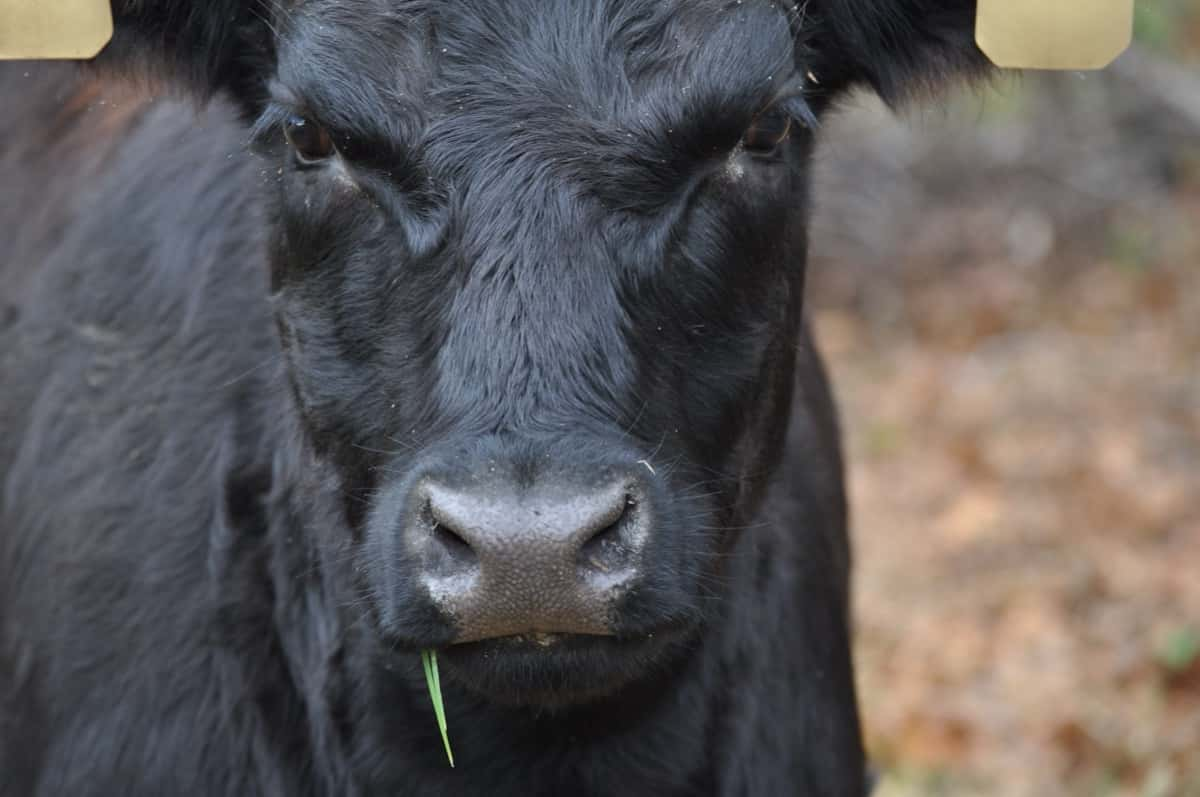
Delve into the pros and cons of Dexter cattle, exploring their benefits and potential disadvantages concisely. Seasonal care tips and strategies for raising Dexter calves contribute to a holistic approach. Uncover the profitability of Dexter cattle farming and the initial costs to start a Dexter cattle farm. This guide serves as a resource for both novice and experienced farmers, offering practical information for successful Dexter cattle management.
Raising Dexter Cattle: A Beginner’s Guide
Dexter cattle, also known as miniature Dexter cows, are a popular choice for small and family farms due to their manageable size and versatility. Originating in Ireland, these hardy cattle are adaptable to various environments and are suitable for both dairy and beef production. Their smaller size reduces space and feed requirements, lowering costs for farmers. Their docile temperament makes them easy to handle, minimizing the risk of injury for both cattle and caretakers. Dexter cattle are dual-purpose, offering benefits for both dairy and beef production.
However, difficulty sourcing stock can be a disadvantage, depending on location. A clear understanding of care requirements and market opportunities is crucial for successful Dexter cattle farming. Dexter cattle exhibit solid coat colors and a compact body structure, making them efficient grazers. They yield high-quality beef known for tenderness and flavor, with an average of 400 pounds of meat. Their milk has high butterfat content, ideal for dairy products like butter and cheese.
Dexter cattle require modest housing requirements, regular health monitoring, and veterinary care due to their hardiness and adaptability. They participate in shows and exhibitions, showcasing their characteristics and competing in various categories. They demonstrate adaptability to both cold and warm climates, thriving in various geographical locations. Dexter cows typically require about 1 acre per cow for proper grazing and produce 1.5 to 2.5 gallons per day. They offer a market for high-quality beef and flavorful milk, appealing to small farms and homesteads.
Dexter Cattle Breed Characteristics and Temperament
Dexter cattle are a breed of cattle that originated in Ireland and are now popular in many countries for their versatility and adaptability. They are dual-purpose animals, meaning they can produce both meat and milk. They are also hardy, easy to handle, and efficient grazers. Dexter cattle come in three colors: black, red, and dun.
They can be either horned or polled (naturally hornless). They have a gentle and friendly temperament, making them ideal for small farms and homesteads. Dexter cattle are also intelligent and curious and can form strong bonds with their owners.
Feeding and Nutrition Management in Dexter Cattle
Dexter cattle are known for their ability to thrive on poor-quality forage and convert it into high-quality meat and milk. They can graze on grass, hay, silage, or browse on shrubs and trees. They only require a grain supplementation if they are lactating or finishing for slaughter. Dexter cattle should have access to fresh water at all times, as well as mineral blocks or salt licks to provide essential nutrients. They should also be dewormed regularly and vaccinated against common diseases.
In case you missed it: Implementing Technology in Cattle Farming: Automation and Digital Solutions
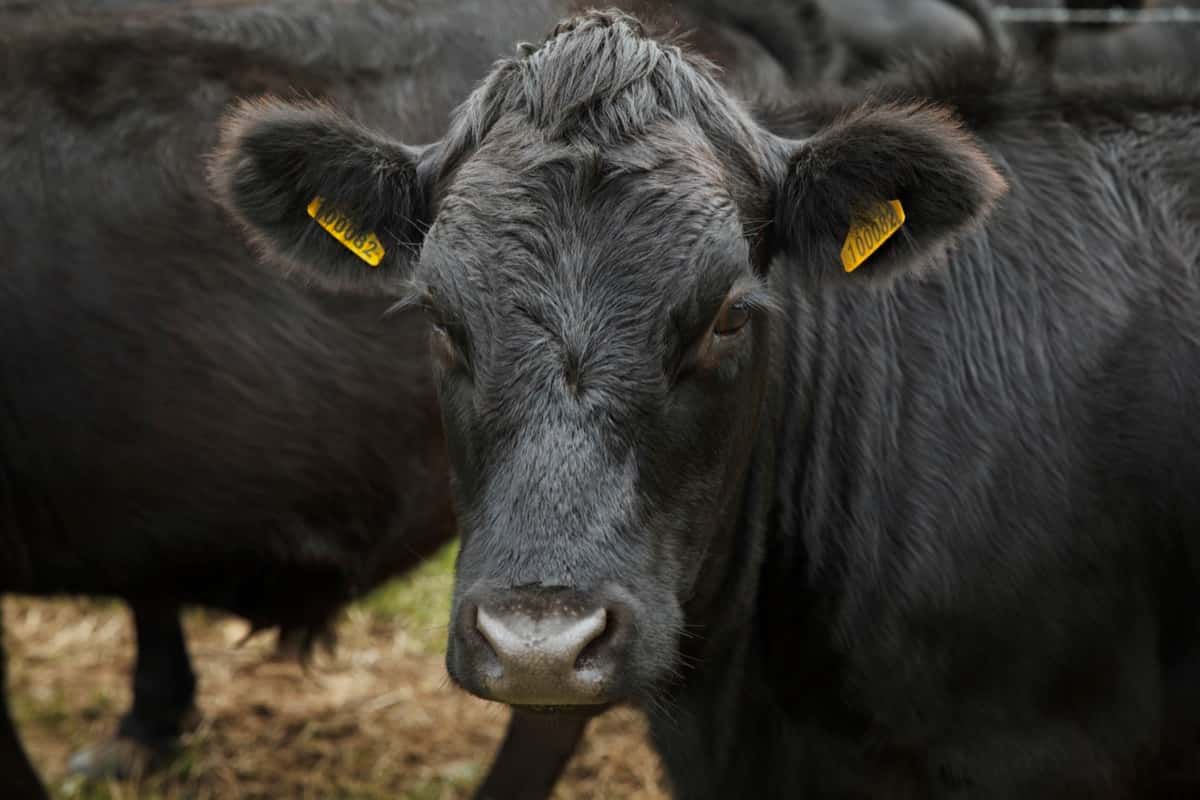
Housing Requirements for Dexter Cattle
Dexter cattle do not need elaborate housing facilities, as they can tolerate a wide range of climatic conditions. They can live outdoors year-round as long as they have adequate shelter from extreme weather, such as a barn, shed, or windbreak. They should also have a dry and clean bedding area where they can rest and calve comfortably.
Dexter cattle should have enough space to move around freely and exhibit natural behaviors, such as grazing, socializing, and grooming. They should also have access to a well-fenced pasture or paddock where they can graze safely and securely.
Veterinary Needs for Dexter Cattle
Dexter cattle are generally healthy and resilient animals, but they still need regular veterinary care to prevent and treat diseases and injuries. They should be checked by a veterinarian at least once a year or more often if they show signs of illness or distress. Some of the common health issues that affect Dexter cattle are parasites, respiratory infections, mastitis, foot rot, bloat, and calving difficulties. Dexter cattle should also be castrated, dehorned, branded, tagged, or microchipped as needed, following the best practices and animal welfare standards.
Breeding Dexter Cattle
Dexter cattle are fertile and prolific breeders and can produce calves every year for up to 15 years. They reach sexual maturity at an early age, usually between 10 to 12 months for heifers and 12 to 14 months for bulls. They have a short gestation period of about 270 days and usually give birth to one calf at a time. Dexter calves are small and easy to deliver, weighing about 18 to 23 kg at birth. They are also vigorous and fast-growing, reaching about 50% of their adult weight by one year of age.
Raising Dexter Cattle for Beef
Dexter cattle are excellent beef producers, as they have a high dressing percentage (the ratio of carcass weight to live weight) and a high yield of lean meat. They also have a fine-grained and tender meat quality, with a distinctive flavor and marbling. Dexter cattle can be raised for beef using different methods, such as grass-fed, grain-fed, or organic.
They can be slaughtered at different ages and weights, depending on the market demand and the farmer’s preference. The average slaughter age for Dexter cattle is between 18 to 24 months, and the average slaughter weight is between 250 to 350 kg.
Dexter Cattle for Milk Production
Dexter cattle are also good milk producers, as they can produce about 8 to 10 liters of milk per day on average. Their milk is rich in butterfat (about 4%) and protein (about 3.5%), making it ideal for making cheese, butter, yogurt, and ice cream. Dexter cows can lactate for up to 10 months after calving and can be milked once or twice a day. They are easy to milk by hand or by machine and only require a little milking equipment or facilities.
Pasture Management Strategies for Dexter Cattle Grazing
Dexter cattle are efficient grazers that can use various pasture plants, including grasses, legumes, and forbs, and can also graze on marginal lands like hillsides, woodlands, and wetlands. To maintain the health and productivity of both cattle and pasture, pasture management strategies are necessary. These include rotational grazing, which involves moving cattle from one paddock to another to allow pasture plants to recover and regrow, preventing overgrazing, soil erosion, weed invasion, and parasite infestation.
In case you missed it: Why You Should Consider These 20 Best Dairy Cattle Breeds for Your Farm: Top Profitable Milk Cow Breeds
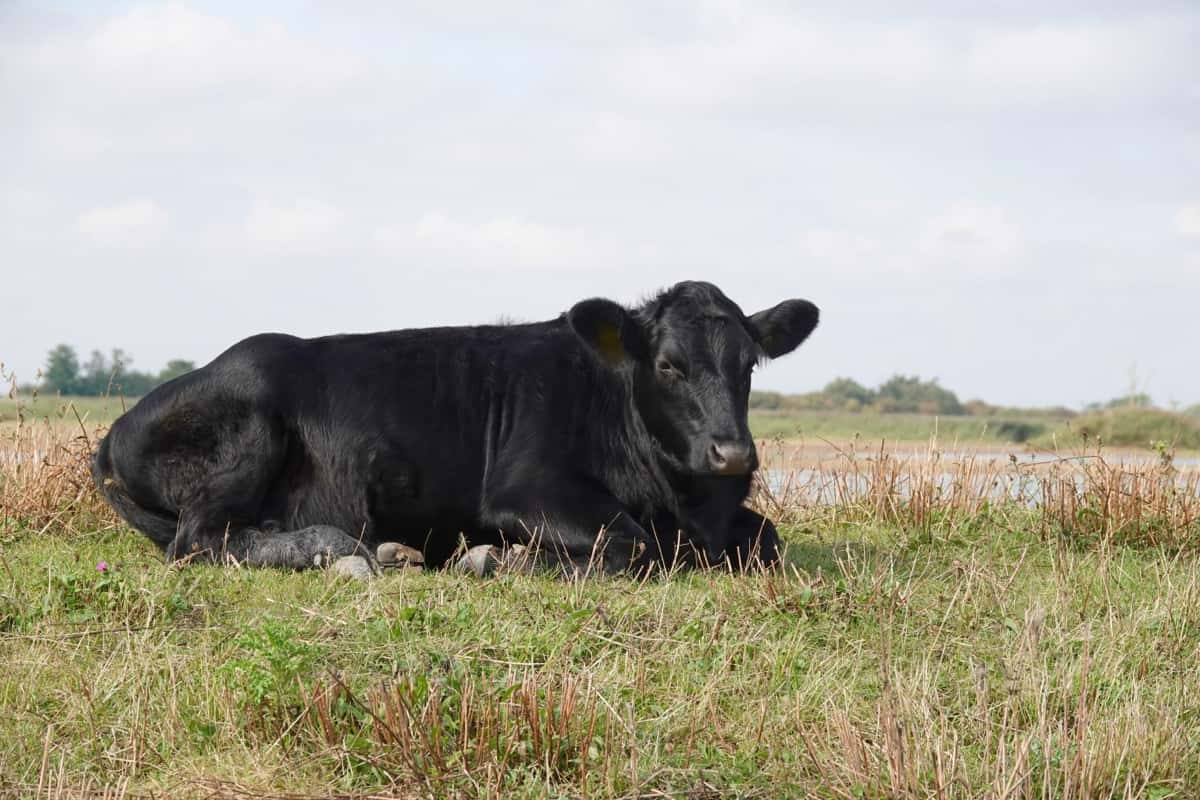
Fertilization, which involves applying organic or synthetic fertilizers to enhance soil fertility and pasture quality, increases pasture yield and cattle performance. Weed control involves removing or suppressing unwanted plants that compete with pasture plants for space, light, water, and nutrients. Seeding, which involves planting new or improved pasture plant varieties, increases pasture diversity and productivity.
Handling and Training Dexter Cattle
Dexter cattle are gentle and friendly animals that can be easily trained to respond to basic commands and accept various procedures. To successfully handle and train Dexter cattle, positive reinforcement like treats, praise, and petting is crucial in building trust and rapport between the cattle and the handler. Avoid negative reinforcement like shouting, hitting, or kicking, as it can cause fear and stress, making the cattle resistant and aggressive.
Marketing Dexter Cattle: Strategies for Selling Meat, Milk, and Livestock
Dexter cattle are versatile and marketable animals that can provide meat, milk, and livestock for sale. To effectively and profitably sell these products, several marketing strategies are necessary. These include identifying the target market, developing a unique selling proposition (USP), creating a brand identity, promoting the products through various channels, and setting a fair price.
Identifying the target market involves understanding their preferences, needs, and willingness to pay. Developing a USP highlights the distinctive features and benefits of the products, such as quality, taste, health, or environmental aspects. Creating a brand identity conveys the USP and producer values.
Promoting the products involves spreading the word through various channels, such as word-of-mouth, social media, websites, blogs, newsletters, flyers, brochures, signs, labels, or packaging. Pricing the products is crucial to cover production and marketing costs and provide a reasonable profit margin. Strategies like cost-plus pricing, value-based pricing, or penetration pricing can help achieve these goals.
Sustainable Farming With Dexter Cattle
Dexter cattle are a sustainable farming option due to their low environmental impact and high social benefits. They require less land, water, feed, and energy than larger breeds, produce less waste and greenhouse gases, and enhance soil quality and biodiversity. They also reduce the need for chemical inputs like fertilizers, pesticides, and antibiotics due to their hardiness and resistance to diseases.
Dexter cattle also provide food security and income for small-scale farmers and rural communities, promote animal welfare and human health through humane treatment, and preserve cultural heritage and genetic diversity as an ancient breed.
Seasonal Care for Dexter Cattle: Adapting to Changing Weather Conditions
In winter, provide Dexter cattle with adequate shelter, bedding, and ventilation to protect them from wind, rain, and snow. Ensure they have access to clean water and feed them good quality hay or silage. Monitor them for parasites and use appropriate deworming and insecticide products. Vaccinate them against common diseases like clostridial diseases, leptospirosis, and bovine viral diarrhea. Check fences and gates for potential predators.
In summer, provide shade and water to prevent heat stress, which can affect milk production, growth, and reproduction. Avoid handling or moving cattle during the hottest part of the day, and clip their coats to cool down. Feed fresh grass or hay with high moisture content to prevent dehydration. In autumn, prepare Dexter cattle for winter by increasing their feed intake, providing mineral supplements, and breeding them for calving in spring or summer. Separate bulls from cows after breeding to prevent unwanted pregnancies.
In case you missed it: Why You Should Consider These 20 Best Beef Cattle Breeds for Your Farm
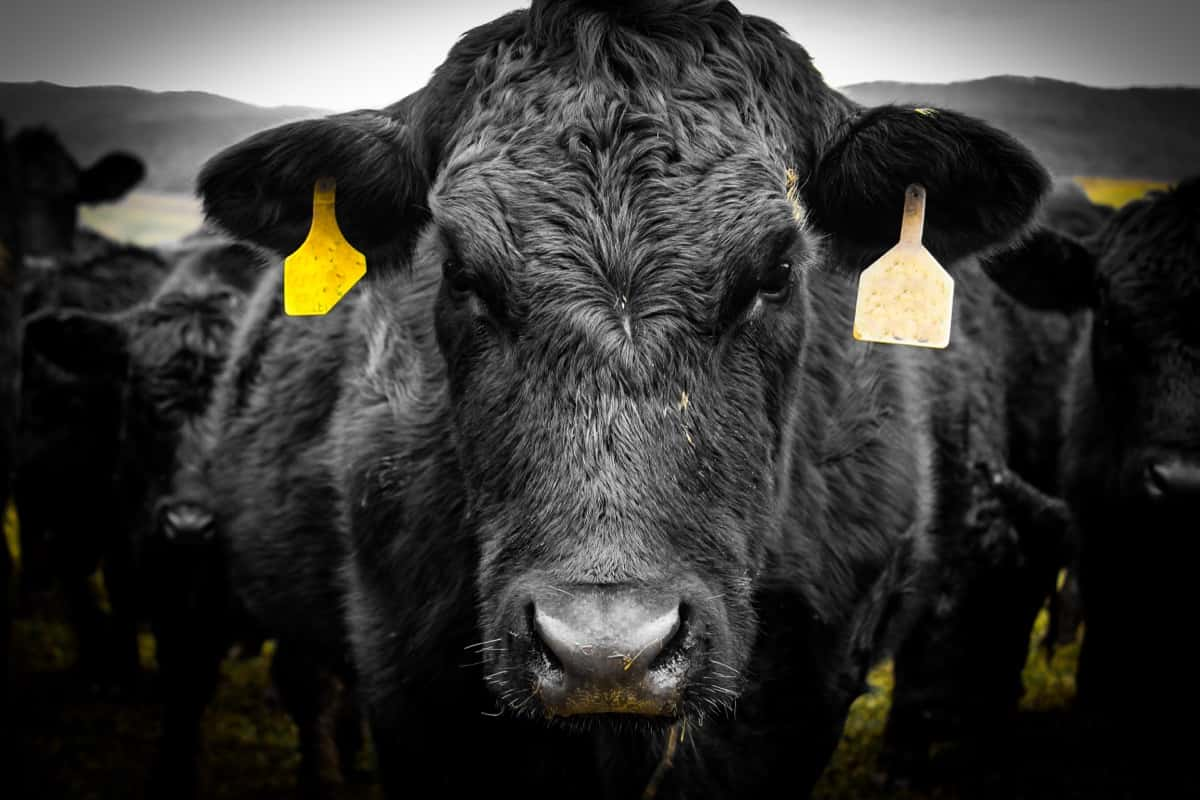
Raising Dexter Calves: From Birth to Weaning With Best Practices
Dexter calves are small, easy to handle, and born without complications. They have strong maternal instincts and bond well with their mothers. To raise Dexter calves from birth to weaning:
- Only assist the cow during calving if necessary, using clean equipment and gloves to avoid infection.
- Identify the calf with an ear tag or tattoo to track its health, growth, and pedigree.
- Register the calf with the breed association if you want to sell it as a purebred or show it in competitions.
Colostrum, the first milk produced by the cow after calving, is rich in antibodies, nutrients, and growth factors. Ensure the calf receives enough colostrum within the first 24 hours of life. Wean the calf when it is about six months old or weighs about 200 kg, gradually and gently. Start by offering the calf hay or grain a few weeks before weaning and gradually reduce the amount of milk until the calf is fully weaned.
Cost Management and Profitability in Dexter Cattle Farming
Dexter cattle farming can be a profitable venture if cost management and income are managed wisely. Feed is a major expense, and reducing it can be achieved through pasture-based systems, rotational grazing, haymaking, silage making, or growing your feed crops. Health care is another crucial expense, and preventing diseases and injuries can be achieved through good nutrition, hygiene, vaccination, deworming, insect control, and biosecurity measures. Veterinary skills can also be learned or consulted when needed.
Marketing is crucial for generating income from Dexter cattle farming, as you can sell your products directly to consumers or through intermediaries like processors, wholesalers, retailers, or cooperatives. You can also process your products into cheese, butter, yogurt, jerky, leather, or compost.
Record keeping is essential for tracking costs and income and evaluating performance. Use tools like notebooks, spreadsheets, or software to record production, sales, expenses, and profits. Use benchmarks like feed conversion ratio, milk yield, weight gain, or net margin to compare results with other Dexter cattle farmers or industry standards.
In case you missed it: Lumpy Skin Disease in Cattle: Causes, Symptoms, Treatment, and Control
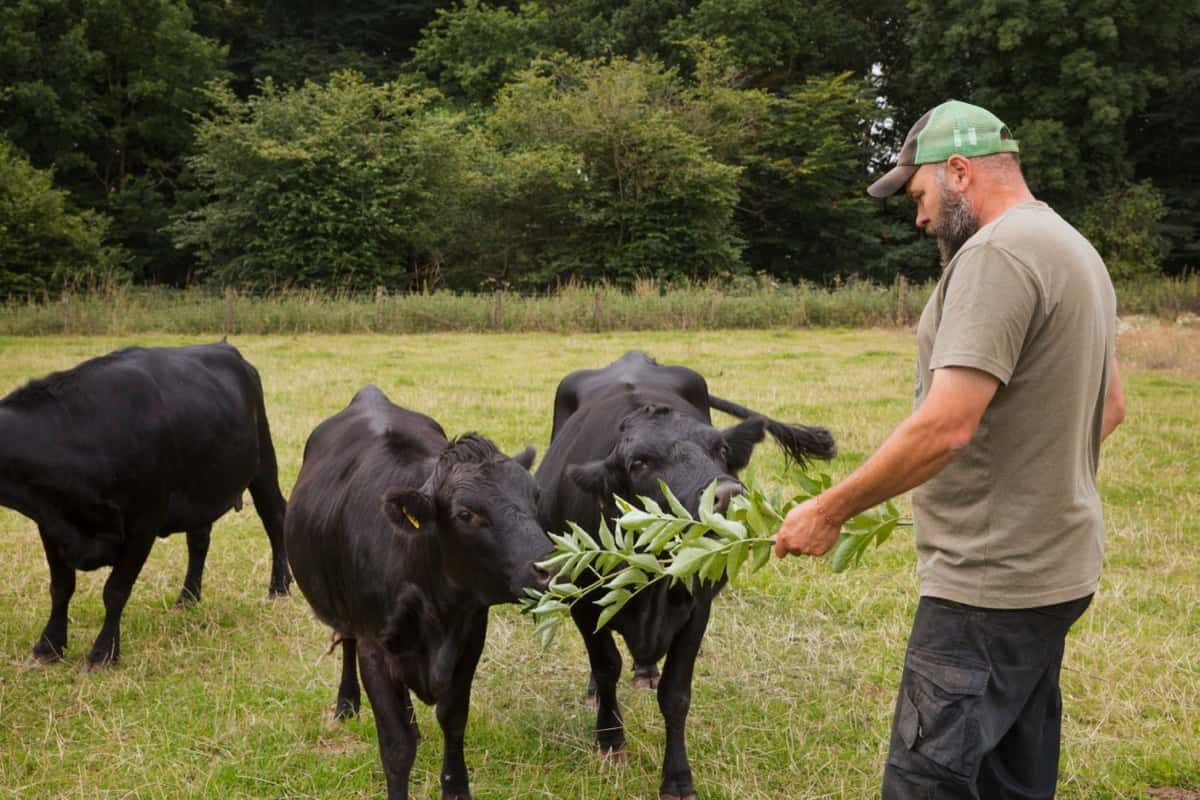
Dexter Cattle Weight Chart
Dexter cattle are small in size and weight compared to other cattle breeds. The average weight of a mature Dexter cow is about 350 kg, and the average weight of a mature Dexter bull is about 450 kg.
| Age | Cow Weight (kg) | Bull Weight (kg) |
| Birth | 15-25 | 18-28 |
| 3 months | 60-90 | 70-100 |
| 6 months | 100-150 | 120-170 |
| 9 months | 140-200 | 160-230 |
| 12 months | 180-250 | 200-280 |
| 18 months | 230-300 | 260-340 |
| Mature | 300-400 | 400-500 |
Dexter Cattle Pros and Cons: Benefits and Disadvantages
Dexter cattle are a unique breed with numerous advantages and disadvantages. They are small, easy to handle, transport, and house, hardy, efficient, and adaptable to various climates and feed sources. They produce high-quality milk and meat, are friendly and docile, and have high genetic diversity.
However, they have low milk and meat yields compared to larger breeds, have a slow growth rate, and have small carcasses and cuts of meat that may not suit some consumers or markets. They may also carry a gene for chondrodysplasia, causing dwarfism and deformities in some calves. Additionally, they may face competition from other breeds or crossbreeds offering higher productivity or profitability.
In case you missed it: Top and Highest Milk Producing Cattle/Cow Breeds in India: Best Guide for Beginners
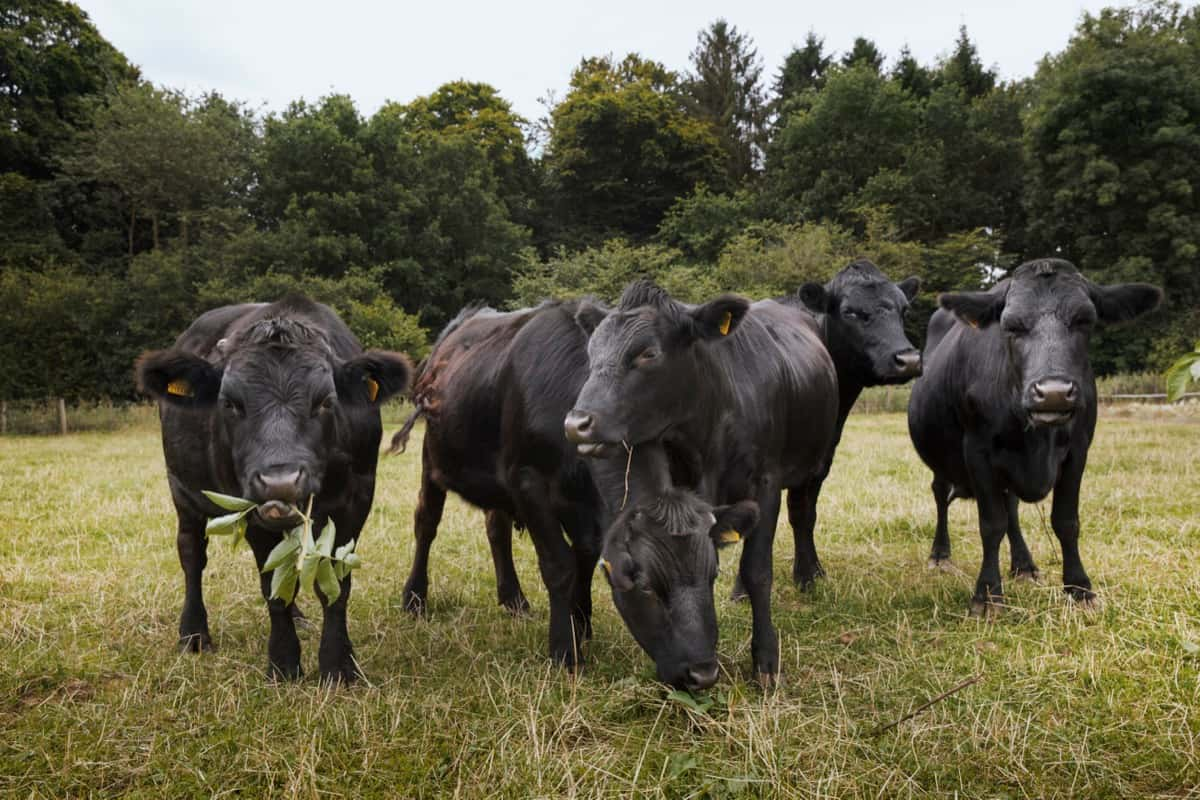
Conclusion
Raising Dexter Cattle involves careful consideration of their dual-purpose nature for beef and milk. Despite their smaller size, the breed offers advantages like docile temperament and adaptability. However, challenges include potential difficulty in sourcing stock. The provided weight chart and associated costs are crucial for effective and sustainable Dexter cattle farming.
Note: The images presented in this post are intended solely for representation purposes. The images are meant to serve as visual aids and should not be relied upon as accurate representations of their real-life counterparts.
- Types of Pesticides Used in Agriculture: A Beginner’s Guide
- Economical Aquaculture: A Guide to Low-Budget Fish Farming
- 15 Common Planting Errors That Can Doom Your Fruit Trees
- How to Make Houseplants Bushy: Effective Tips and Ideas
- Innovative Strategies for Boosting Coconut Pollination and Yield
- Pollination Strategies for Maximum Pumpkin Yield
- The Complete Guide to Chicken Fattening: Strategies for Maximum Growth
- Natural Solutions for Tulip Problems: 100% Effective Remedies for Leaf and Bulb-Related Issues
- Revolutionizing Citrus Preservation: Towards a Healthier, Greener Future
- Natural Solutions for Peony Leaf and Flower Problems: 100% Effective Remedies
- Maximizing Profits with Avocado Contract Farming in India: A Comprehensive Guide
- Natural Solutions for Hydrangea Problems: 100% Effective Remedies for Leaf and Flowers
- The Ultimate Guide to Choosing the Perfect Foliage Friend: Bringing Life Indoors
- From Sunlight to Sustainability: 15 Ways to Use Solar Technology in Agriculture
- The Ultimate Guide to Dong Tao Chicken: Exploring from History to Raising
- The Eco-Friendly Makeover: How to Convert Your Unused Swimming Pool into a Fish Pond
- Mastering the Art of Delaware Chicken Farming: Essentials for Healthy Backyard Flocks
- 20 Best Homemade Fertilizers for Money Plant: DIY Recipes and Application Methods
- How to Craft a Comprehensive Free-Range Chicken Farming Business Plan
- Brighten Your Flock: Raising Easter Egger Chickens for Beauty and Bounty
- How to Optimize Your Poultry Egg Farm Business Plan with These Strategies
- Subsidy for Spirulina Cultivation: How Indian Government Schemes Encouraging Spirulina Farmers
- Ultimate Guide to Raising Dominique Chickens: Breeding, Feeding, Egg-Production, and Care
- Mastering the Art of Raising Jersey Giant Chickens: Care, Feeding, and More
- Ultimate Guide to Raising Legbar Chickens: Breeding, Farming Practices, Diet, Egg-Production
- How to Raise Welsummer Chickens: A Comprehensive Guide for Beginners
- How to Protect Indoor Plants in Winter: A Comprehensive Guide
- Ultimate Guide to Grow Bag Gardening: Tips, Tricks, and Planting Ideas for Urban Gardeners
- Guide to Lotus Cultivation: How to Propagate, Plant, Grow, Care, Cost, and Profit
- Agriculture Drone Subsidy Scheme: Government Kisan Subsidy, License, and How to Apply Online
- Ultimate Guide to Raising Araucana Chickens: Breed Profile, Farming Economics, Diet, and Care
- Bringing Hydroponics to Classroom: Importance, Benefits of Learning for School Students
- Ultimate Guide to Raising Polish Chickens: Breed Profile, Farming Economics, Diet, and Care
- Ultimate Guide to Raising Australorp Chickens: Profile, Farming Economics, Egg Production, Diet, and Care
- Silkie Chicken Farming: Raising Practices, Varieties, Egg Production, Diet, and Care
- Sussex Chicken Farming: Raising Practices, Varieties, Egg Production, Diet and Care